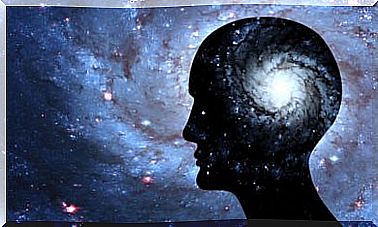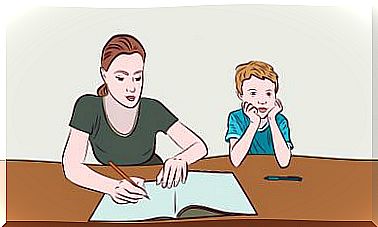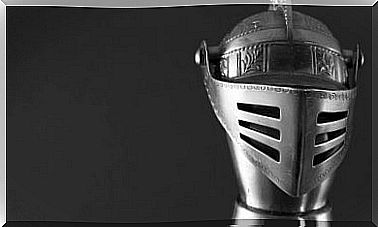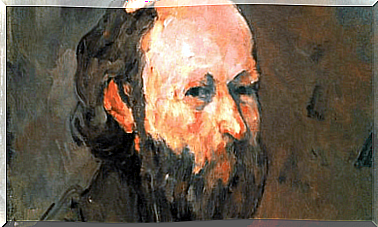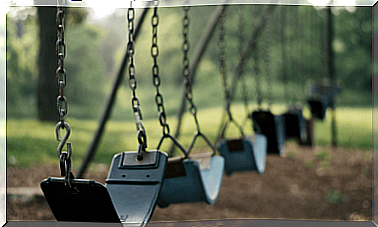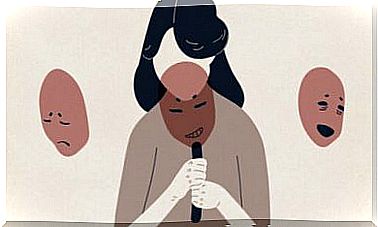Mary Ainsworth: Biography And Contributions
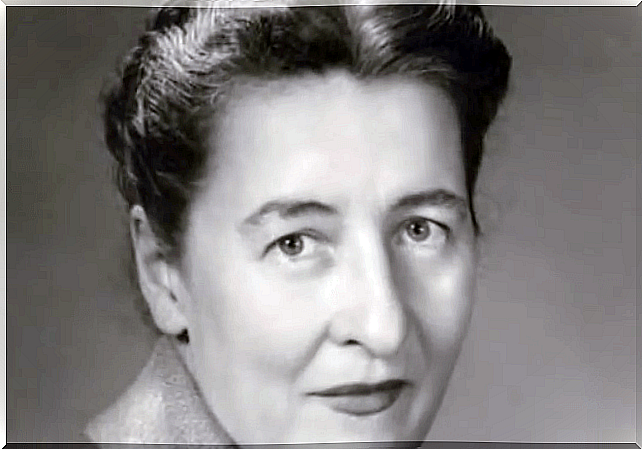
Mary Ainsworth was a Canadian psychologist who, together with John Bowlby, developed one of the psychological theories that have helped most to understand early social development: attachment theory. This theory was formulated focused on children at first. Although Ainsworth, in the 60s and 70s, introduced new concepts that, in the 80s, would lead to an expansion focused on adults.
She was one of the most cited psychologists throughout the 20th century and, even today, her brilliant theory is the pillar on which numerous psychology studies are built. Her work is studied in universities around the world, she received numerous awards, despite the fact that she lived at a time when women had quite restricted their professional role.
Ainsworth already showed some concern in his first steps in college and began to reflect on the attachment relationship of children to the mother figure. From there, the theory that would highlight his name in the history of psychology would be born.
Now, Ainsworth’s life was not limited only to study, to immerse himself in questions and roles, but it was much more dynamic than would be expected for a woman of her time.
His life
Mary Ainsworth was born in the United States, but her family moved to Toronto, Canada, when she was a child. She graduated in Developmental Psychology from the University of Toronto and earned her Ph.D. in 1939. Upon completion of her studies, she joined the Canadian Women’s Army Corps, spent four years in the military, and achieved the rank of Major.
Shortly after, she married and moved with her husband to London. It is then that he begins to work at the Tavistock Institute with the psychiatrist John Bowlby. Both pave the way for an investigation based on the experience of separating children from their mothers.
In 1953, he moved to Uganda and began working at the African Institute for Social Research in Kampala, where he continued his research on children’s early relationships with their mothers.
After a while, he obtained a position at the John Hopkins Institute in the United States and, later, at the University of Virginia, where he continued to develop his attachment theory until his professional retirement in 1984.
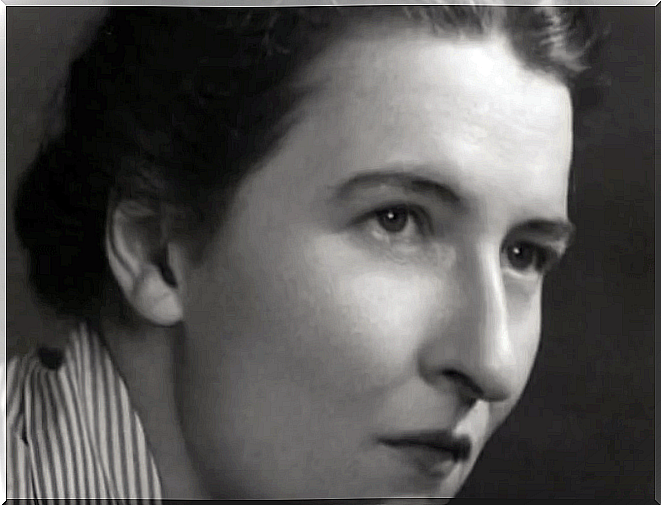
Attachment theory
John Bowlby is considered the father of attachment theory. Bowlby’s studies showed that children have innate exploratory behavior. But if they feel unprotected or in danger, their first reaction is to seek support from the mother or primary caregiver.
Mary Ainsworth started from Bowly’s base on control systems, but added a new concept: the strange situation.
Mary Ainsworth investigated about the relationship of children with their caregivers adding the strange situation in different contexts. The strange situation was created by adding a strange person to the child in the context of the mother-child relationship.
Based on the results obtained, Mary Ainsworth expanded the theory by connecting three attachment styles : secure attachment, insecure-avoidant attachment, and insecure-ambivalent attachment. The theory was later expanded by other researchers. The set of re-readings, comments and additions is the result of the attachment theory that we know today.
Mary Ainsworth and the different types of attachment
Attachment theory was later expanded with a fourth type of attachment. What Mary Ainsworth defined and characterized were only the three types mentioned above. Next, we describe what exactly each of them consists of:
- Secure attachment : it is generated when the child feels loved and protected. Even if the caregiver is absent and the child experiences the momentary separation with some anguish, he knows that he can trust that his caregiver will return.
- Insecure attachment : These children respond with intense distress to separation from mother or caregiver. It seems that this type of attachment is the result of poor maternal or primary caregiver availability. These children learn that their mother will not always be there when they need her.
- Ambivalent attachment : develops when the primary caregiver repeatedly and constantly fails to meet the child’s needs. They are children who develop a great feeling of mistrust and learn not to seek help in the future.
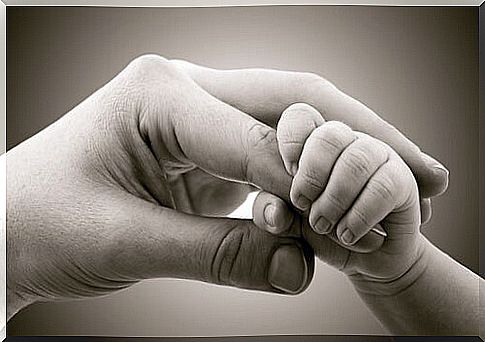
An important task
Mary Ainsworth became a great connoisseur of the importance of developing a healthy maternal attachment relationship. In addition to the influence that this could have on the child as a future adult.
She spoke out many times in favor of the need to develop and implement programs to help women make their professional career compatible with motherhood. Well, at that time, it was almost impossible for women to combine what we see today with total normality.
Access to academic studies, research, the world of work, etc. it seemed not to be very compatible with housework and, consequently, with wife and mother, which were dictated by society. For this reason, Mary Ainsworth can be considered as one of the forerunners of work-life balance programs for mothers.
As a woman researcher, she knew that her work could not only be relegated to the study, there was something to claim, something that could help many women in the future so that, like her, they could choose their path. Thus, we find ourselves before a scientist who was interested in aspects of women that psychology left aside.
Finally, Mary Ainsworth passed away in 1999, aged 86, after a lifetime dedicated to developing one of the most important psychological theories we have today.

